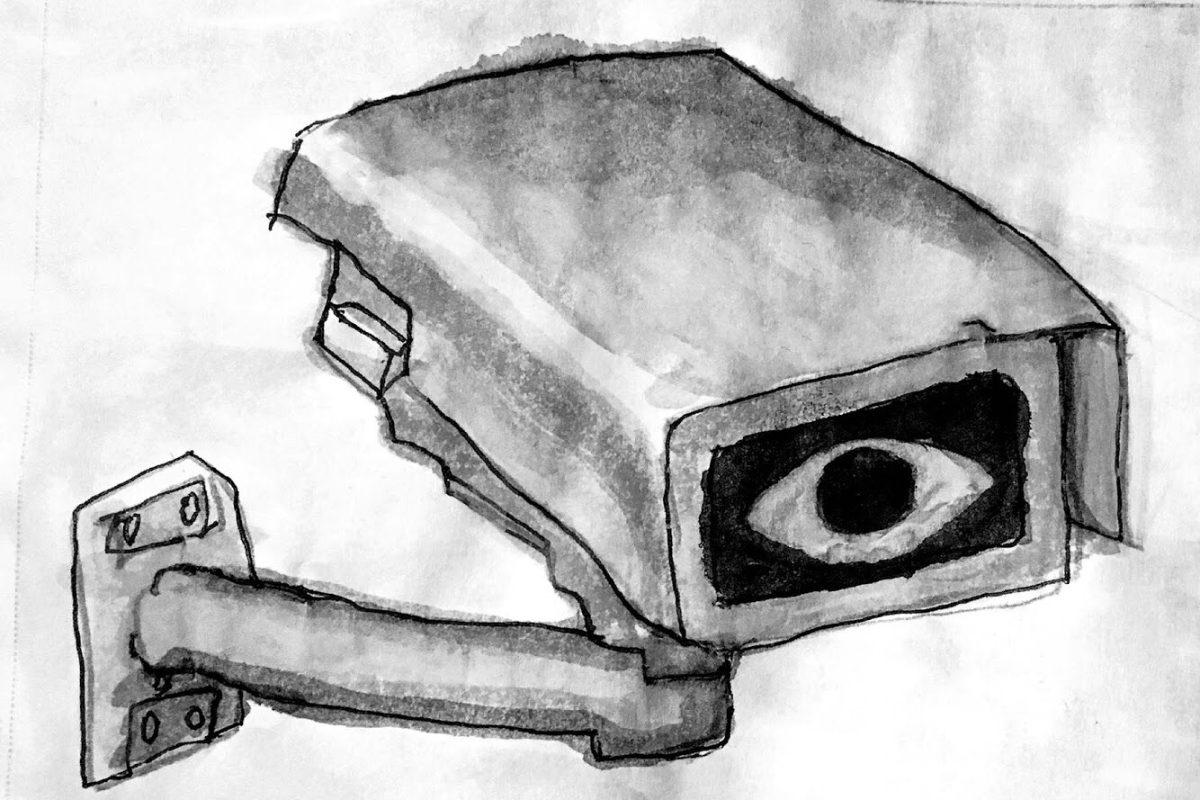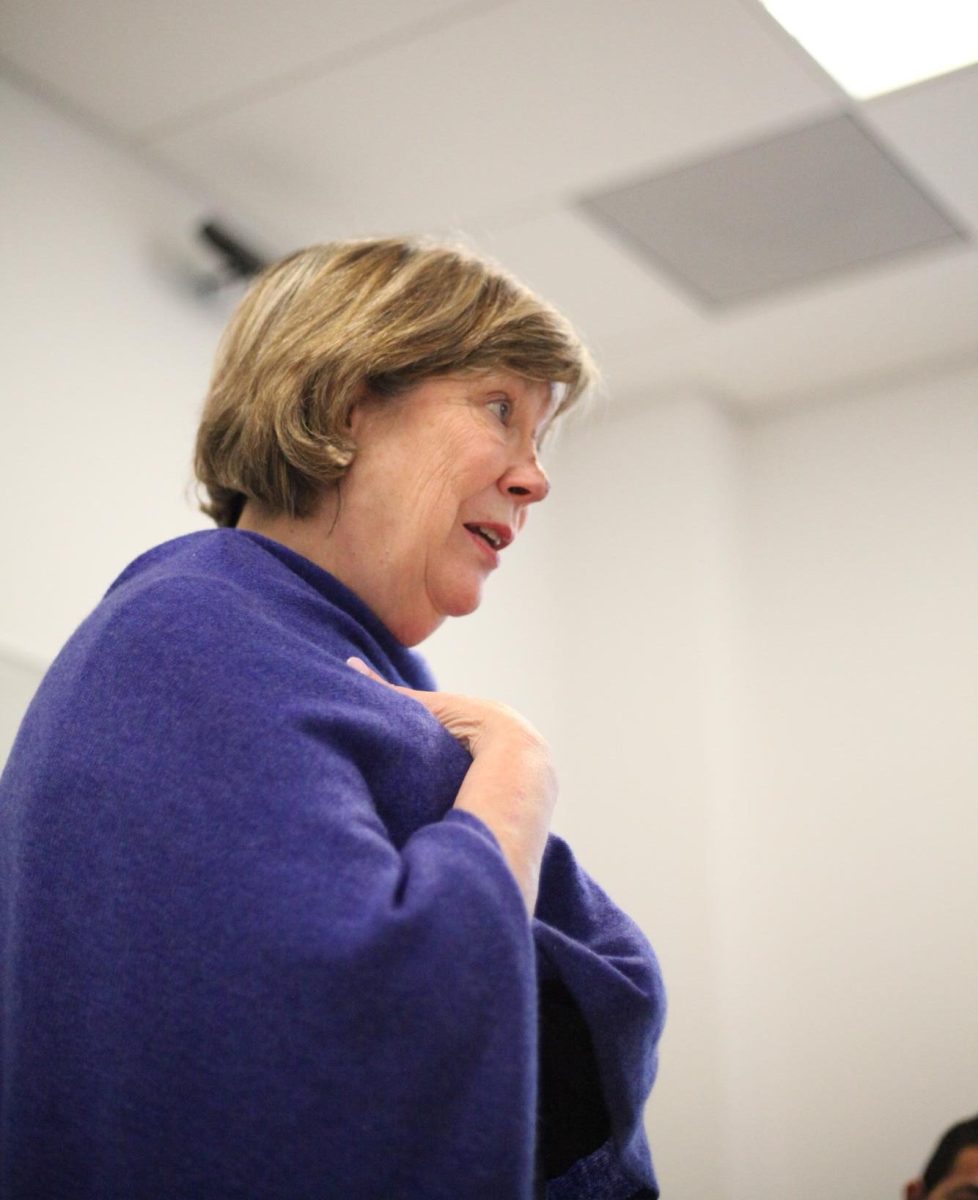In recent years, Sonoma State University has experienced a fair amount of crimes occurring on campus.
From Kirk Kimberly’s murder in 2016 to the fatal stabbing in the spring of last semester, students are no strangers to crimes.
Beyond these significant events, everyday crimes go unsolved as well.
According to the Sonoma State University Daily Crime Log published online, 50 percent of recorded crimes on campus in 2018 have occured in parking lots. Of that 50 percent, 62.5 percent of those crimes are currently suspended, meaning they are unsolved cases no longer undergoing further investigation.
The most popular crime: property only hit and runs.
Property only hit and runs occur when a vehicle is damaged by another vehicle anonymously and without repercussion.
Dena Peacock, Sonoma State University Computer Science and Geology Administrative Coordinator, has had her car damaged four times while in the handicapped parking space in parking lot C in the past two years.
During the second hit and run, a student saw the person who hit Peacock’s car get out, inspect the damage and then leave. The student who witnessed the event left a note. The police, when consulted on her fourth accident, which resulted in her bumper needing to be removed, said they could not do anything because there are no cameras in the parking lot and there was no way to prove who did the damage to her car.
Peacock is not concerned as much with the safety of her car, rather the safety of Sonoma State students. When speaking about the damage to her car, Peacock said it can always be fixed, but that injury to another person would not be so easily fixed.
Parking lots, according to a National Institute of Justice research article, are expansive with very little constant activity, which is why “Crime is more likely to occur in a parking facility than in other commercial facilities.”
Research conducted by the Bureau of Justice between 2004 and 2008 found that parking lots or garages in the U.S. accounted for 7.3 percent of violent crimes. With parking lots making up a significant percentage of colleges campuses, it is important that these areas are monitored to assure safety for everyone in them.
Violent crime such as sexual assault is a major concern on a college campuses. According to the Rape, Abuse & Incest National Network (RAINN), 55 percent of sexual assault occurs at or near a victim’s home, 15 percent in an open public space, and 8 percent on school property. Sonoma State parking lots, like most other college campuses, are unique in that they encompass all three of those qualities. These statistics are potent when considering, “11.2 percent of all [college] students experience rape or sexual assault through physical force, violence, or incapacitation,” according to RAINN.
In light of these statistics, actions should be put in place to create a safer environment for students and cut down on anonymous vehicle damage and theft.
Security measures such as the installation of cameras have been suggested. Cameras in parking lots throughout Sonoma State have the potential to be low cost, according to a College Planning and Management.
The benefits of cameras would be identifying the perpetrators of property only hit and run cases, such as in Peacock’s case, but also discouraging crime in the first place.
When asked about security cameras on campus, Sonoma State University Police had no comment.
A 2011 study on the impact of security cameras in Washington D.C. by Urban Institute states “when actively monitored, [cameras] have a cost-beneficial impact on crime with no statistically significant evidence of displacement to neighboring areas.”
With cameras having the potential to be relatively inexpensive and parking lots having the potential to be hostile, we cannot afford to be left behind in the future of campus security.
Sonoma State holds the responsibility to ensure the safety of all students and faculty, and this includes peace of mind.



































